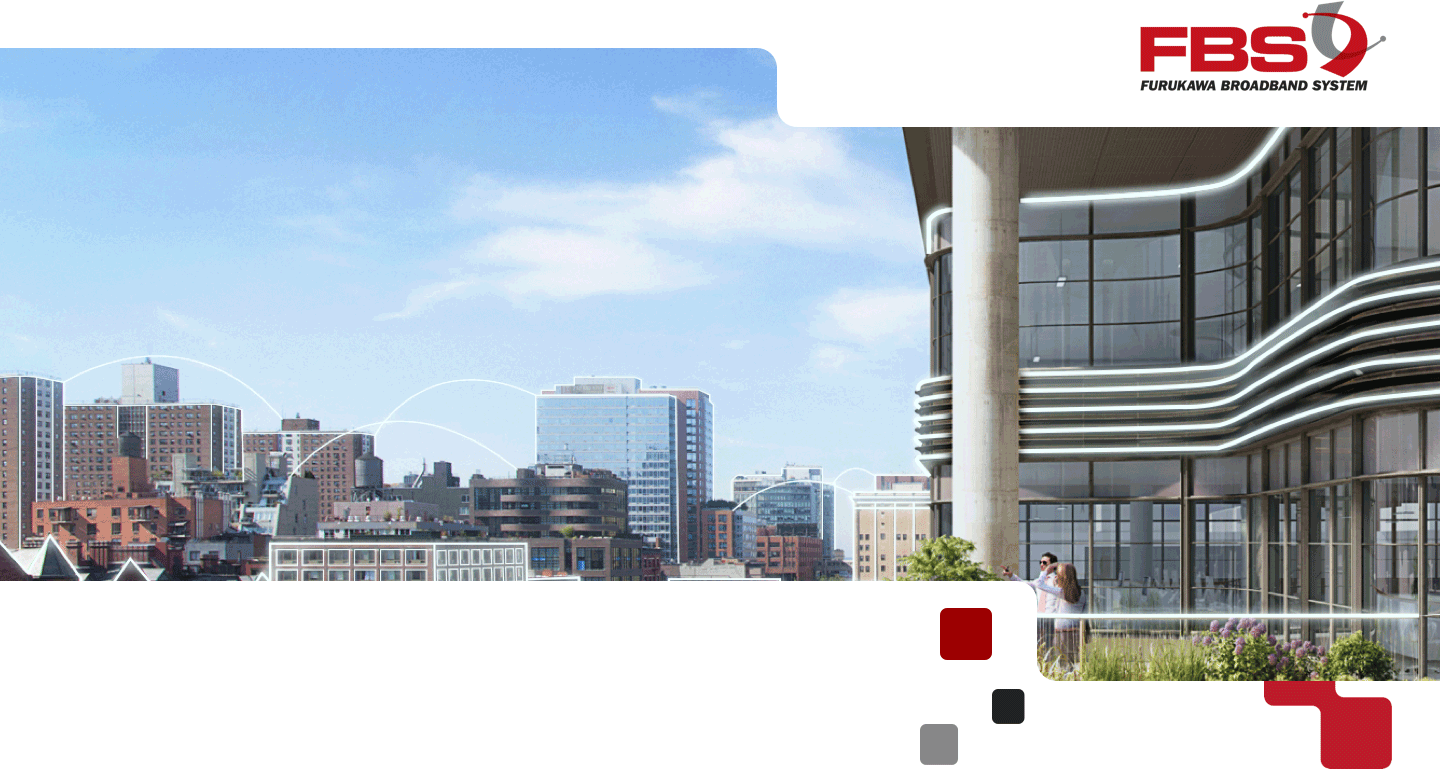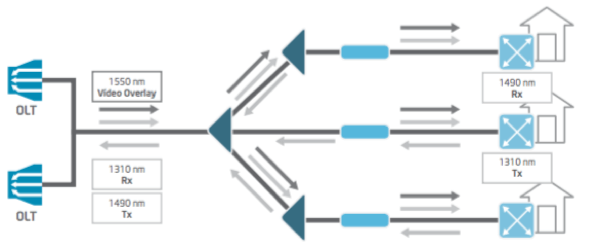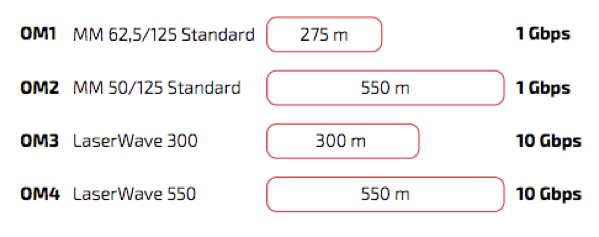When using the Furukawa Electric Latam website or other media or digital media, the titleholder recognizes and agrees with the conditions of this Privacy Policy and authorizes the collection and use of information, as set forth in this Policy.
All personal information relating to professionals, customers or visitors who access the website will be treated in accordance with the General Data Protection Law.
If you do not want to provide your personal data, it will not be possible to provide complete information about products, services and / or provide the appropriate service to your needs.
What information will be collected and for what purpose
Furukawa Electric Latam may collect information actively entered by the user at the time of registration, such as full name, e-mail, date of birth, phone number, full address and CPF, facial biometric data, among others. In addition, you can also collect information automatically when using the pages and the network, such as, for example, IP address with date and time of connection, viewed web pages, among others.
This information will be used to meet and fulfill obligations arising from the use of Furukawa's different business activities, such as: establishing commercial and partnership relationships, including credit / collection analysis, consumption profile and user authentication for Ecommerce Stores, informing and promote information regarding trends, products, features, content, training, news and other events relevant to maintaining the relationship with the data subject.
The communication portals maintained by Furukawa do not knowingly collect personal information from or about any person under the age of majority. If the user is a minor and wishes to use our websites or any functionality that requires the sending of personal data, the user must ask his parents or guardians to do so.
Furukawa will be able to send you information about its products, services, promotions, and newsletters through communication tools such as WhatsApp, e-mail and others.
When your data will be collected
Personal data is collected when the holder registers online or places an order, through Furukawa's shopping platforms, for any product or service, by filling out one of the website's forms or research questionnaires, when give us your opinion or through cookies in browsers, when you use or view Furukawa websites.
Sharing data with third parties
Your personal data can be shared with partner companies in order to improve the customer experience, assist in the dissemination of our products / services or even to support the user / customer. The companies with which we may share your information take the necessary technical and organizational measures to guarantee the confidentiality and protection of the information, within the same level as the security practiced by Furukawa.
Third party sites
Furukawa websites maintain connections to other websites that complement or contain
useful information or tools for visitors. The privacy policy is not applied to
third party websites so that if you visit another website from the Furukawa website, the
applicable privacy will be from that site. Furukawa is not responsible for the policy of
privacy or content present on those sites.
Rights of the data holder
The holder of personal data has the following rights: confirmation of the existence of processing;
access to data; correction of incomplete, inaccurate or outdated data; anonymization,
blocking or deleting unnecessary, excessive or non-compliant data
with the provisions of the General Data Protection Law (Law 13,709 of 14 August 2018);
portability of data to another service or product provider, upon express request
and observing trade and industrial secrets; elimination of personal data processed;
data sharing information with public or private entities; information
on the consequences for not providing consent and withdrawing consent.
If you want to exercise your rights or if you have questions about your personal data, we can assist you through our service channel.
Please contact the Supervisor via email: dpo@furukawalatam.com;
Address: Rua Hasdrúbal Bellegard, nº 820, Cidade Industrial, Curitiba / PR, CEP: 81.460-120 ”
It is worth remembering that in some situations Furukawa will not be able to delete your personal data without
also delete your user account. There may be a need to retain some of your data
personal data, even after the exclusion request, to fulfill legal or contractual obligations.
Applicable laws also allow Furukawa to retain some of your personal data to meet
business needs.
Revocation of consent
You may revoke your consent to use the data at any time, without
However, make it unlawful to treat them based on this consent until the date of
revocation.
Cookies
What are cookies and what do we use them for?
These are text files placed on your computer to collect standard registration information
of the internet and visitor behavior information. When you visit the Furukawa websites,
there is automatic collection or registration of your information through cookies or similar technology.
Furukawa uses cookies to improve your experience with the digital platform, such as
keep you connected and understand how you use or browse it.
Types of cookies we use
Functionality - Furukawa uses these cookies to recognize you on our websites and remember
your previously selected preferences. This can include your preferred language and
location where you are. A combination of first and third party cookies is used.
Advertising - Furukawa uses these cookies to collect information about your visit to the websites,
viewed content, links accessed and followed, and information about your browser or
device used to access your IP address. Furukawa will be able to share some
limited aspects of such data with third parties for advertising purposes. You can also
share online data collected, through cookies, with advertising partners. This
means that when you visit another website, you may receive advertising messages based on the
your browsing patterns on Furukawa websites.
Cookie Dart - Google, as a third party vendor, uses cookies to serve ads on
sites. With the Dart cookie, Google may require ads based on the visits the reader made to
this and other sites on the internet. You can disable the Dart cookie by visiting the settings for
Google ads.
Cookies e Web Beacons - Furukawa uses cookies to store information, such as
personal preferences when visiting the sites. Third party tools are also used on this site. The visit, based on the publicity displayed
on a third party website, can be tracked by technologies such as cookies and / or web beacons,
which personal information such as IP address and / or browser type are stored.
This function is generally used for geotargeting (showing advertising directed to
location where the user is located) or display advertising directed to a profile of
user.
How to manage your cookies
You can disable cookies in your browser options or make changes to
antivirus program tools, if you use them. This can change the way you interact
with the Furukawa website or other websites, and may affect or disallow logins to websites, including
FURUKAWA ELECTRIC's own.
How to contact the appropriate authority
If you wish to make a complaint or if you believe that Furukawa has not responded to your request for
satisfactorily, contact the National Data Protection Authority - ANPD
or other equivalent control entity.
Policy Update
This Policy can be changed at any time and its validity is indefinite. It was last updated on September 28, 2020.








